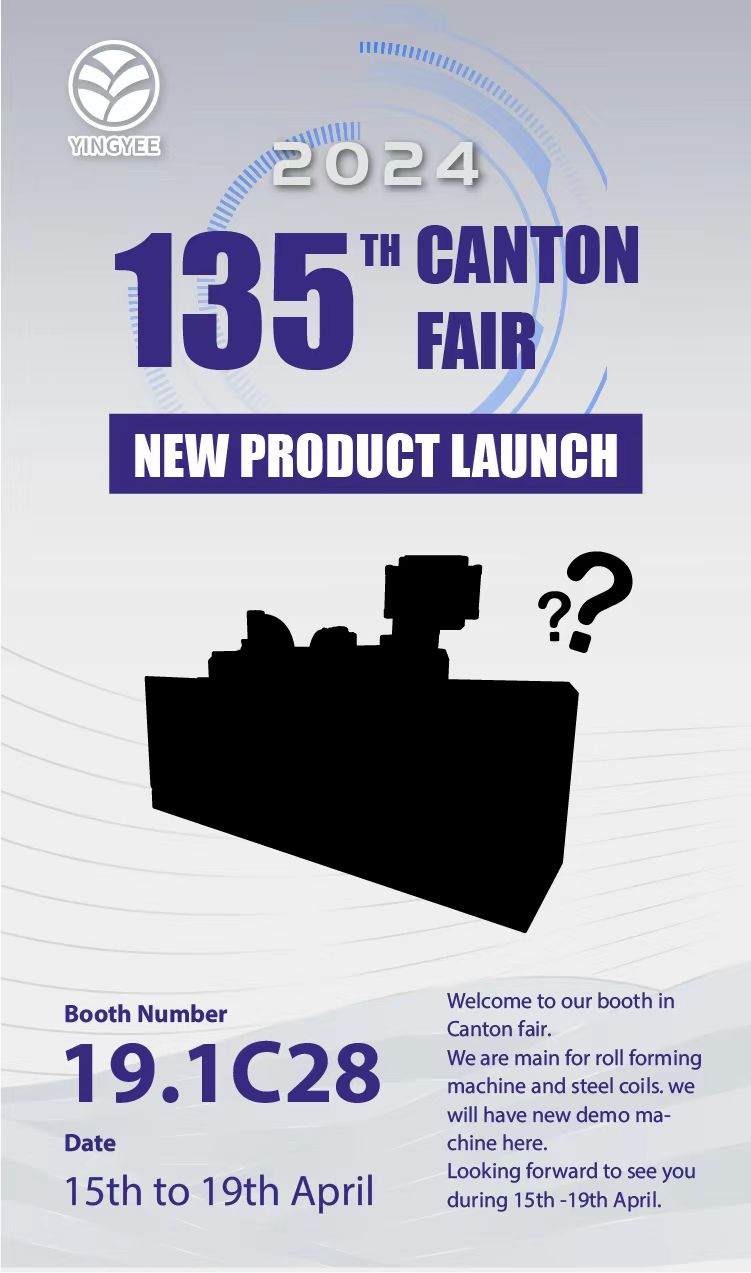
Understanding the Press Brake Bending Machine
The press brake bending machine is a pivotal tool in the manufacturing and fabrication industries. This sophisticated equipment is employed to bend sheet metal into desired shapes and angles, playing a crucial role in diverse applications ranging from automotive to aerospace, construction, and beyond. With the increasing demand for precision and efficiency in metalworking, understanding the function, components, and benefits of press brake machines is essential.
What is a Press Brake Bending Machine?
At its core, a press brake bending machine consists of a powerful hydraulic or mechanical system that applies force to a metal sheet placed between two dies. The upper die, affixed to the ram, descends and presses the sheet against the lower die, thereby bending it to the desired angle. The process can create various shapes, including V-bends, U-bends, and Z-bends, making it a versatile tool in a fabricator's arsenal.
Key Components
1. Frame The robust structure supporting the entire machine, designed to withstand high levels of stress during operation. 2. Ram The moving part that applies force to the sheet metal, capable of moving up and down to create bends.
3. Die Sets Tools that dictate the shape and angle of the bend. The choice of die type and size is critical to achieving the desired outcome.
4. Back Gauge This component helps in positioning the sheet metal accurately for consistent bending, allowing for repeated precision in production runs.
5. Control System Modern press brakes come equipped with advanced CNC (Computer Numerical Control) systems, enabling operators to program complex bending operations with high accuracy.
Types of Press Brake Bending Machines
Press brakes can be categorized mainly into two types mechanical and hydraulic.

- Mechanical Press Brakes utilize a crank mechanism to articulate the ram's movement. While they are faster and suitable for less complex bending tasks, they may not provide as much control over the bending process compared to hydraulic counterparts.
- Hydraulic Press Brakes, on the other hand, use fluid pressure to facilitate the ram's movement. They are favored for their power, flexibility, and precision, making them ideal for more intricate bends and thicker materials.
Advantages of Press Brake Bending Machines
1. Precision The ability to achieve exact bending angles and repeatability ensures high-quality production standards.
2. Flexibility With the option to change dies and set up different programs, press brakes can accommodate various material types and thicknesses, allowing the fabrication of custom parts as needed.
3. Efficiency Automation and CNC technology enhance productivity by reducing setup times and improving operational speed, leading to lower production costs.
4. Enhanced Safety Modern press brakes incorporate safety features such as light curtains, anti-two hand controls, and emergency stops, making them safer for operators.
Applications of Press Brake Bending Machines
The application of press brake bending machines is extensive. In the automotive industry, they are used to create frames, brackets, and other essential components. The aerospace sector relies on them for producing lightweight structural parts. In construction, these machines come into play for fabricating beams, panels, and custom metalworks. Additionally, industries involved in manufacturing furniture, appliances, and electronic enclosures utilize press brakes for their versatile bending capabilities.
Conclusion
In conclusion, the press brake bending machine is indispensable for modern fabrication processes. Its ability to deliver precision, efficiency, and flexibility in bending sheet metal makes it a cornerstone of many manufacturing industries. As technology advances, these machines continue to evolve, providing even greater capabilities and enabling fabricators to meet the ever-increasing demands for intricate and high-quality metal parts. Whether it’s for producing thousands of identical components or creating unique custom designs, understanding and investing in effective press brake bending machines is essential for staying competitive in today’s market.